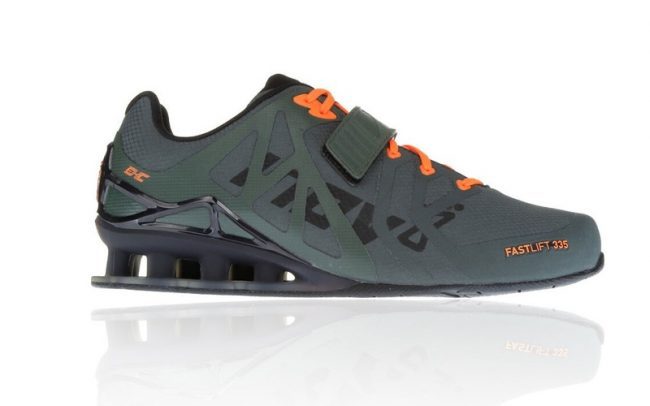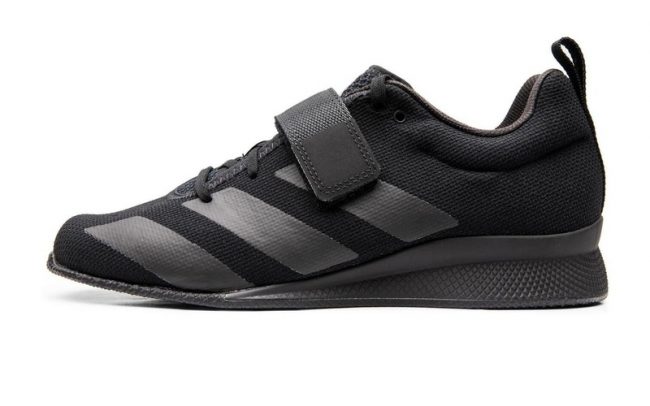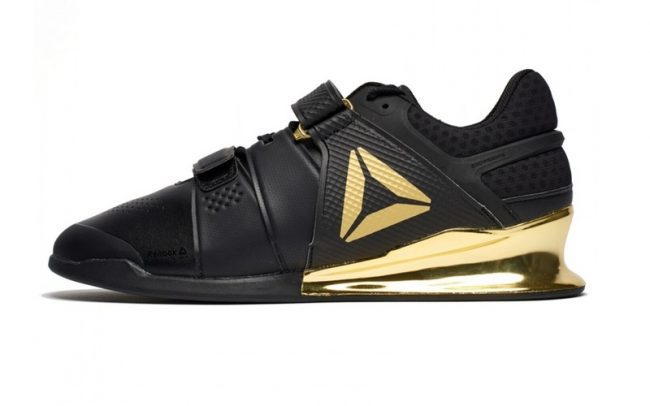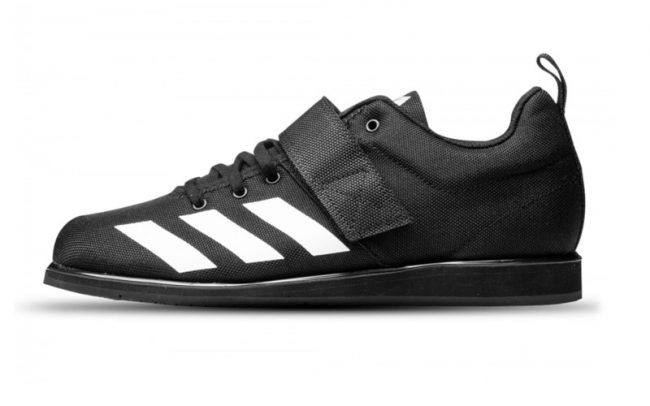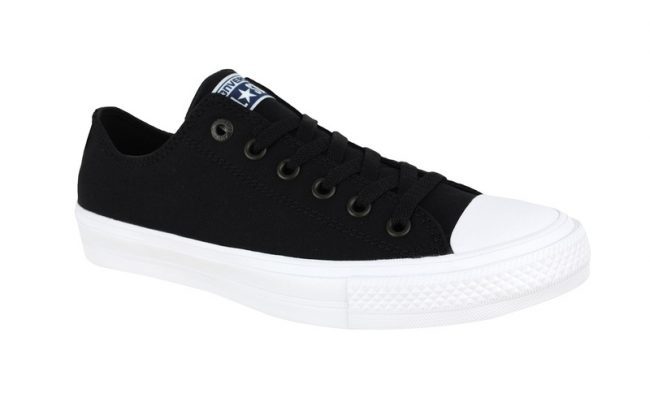Updated: January 4, 2023
As in most sports, the right shoes can improve performance in weightlifting. Shoes can make a difference in how much force a weightlifter can generate and force is certainly necessary to propel the barbell up. The cushioned shoes that runners wear are designed to absorb impact (or force), which is counter to what a weightlifter is hoping to achieve: creating and transmitting as much force as possible from the floor.
The right shoes can also help a weightlifter dip into a deep squat, which will help keep their torso upright. The more upright their torso is, the more likely it is that they will be able to heave their barbell successfully upwards. And finally, a weightlifter’s shoes need to provide traction and stability, which will keep the feet secure and minimize the risk of injury.
There are a few things to keep in mind when choosing weightlifting shoes. First, non-compressible, stiff soles are crucial in creating force and transferring it up from the floor and into a weightlifter’s body. Second, while many weightlifters choose flat Converse Chuck Taylor All Stars, a slight heel helps to dip into a deeper squat, which assists with achieving proper form. A heel also serves to prevent injuries, such as strained Achilles tendons and knee injuries. Third, look for shoes with features that provide traction and stability. These features include things like a wider platform to keep feet firmly planted on the floor, a slip-resistant outsole, a reinforced heel, and a stiff, snug upper that is secured with the BOA lacing system or with both laces and straps.
Keep in mind that these recommendations are for weightlifters who regularly clean, jerk, and snatch. If you do weight training as part of a crossfit program, or if you deadlift, other shoes may work better for you.

